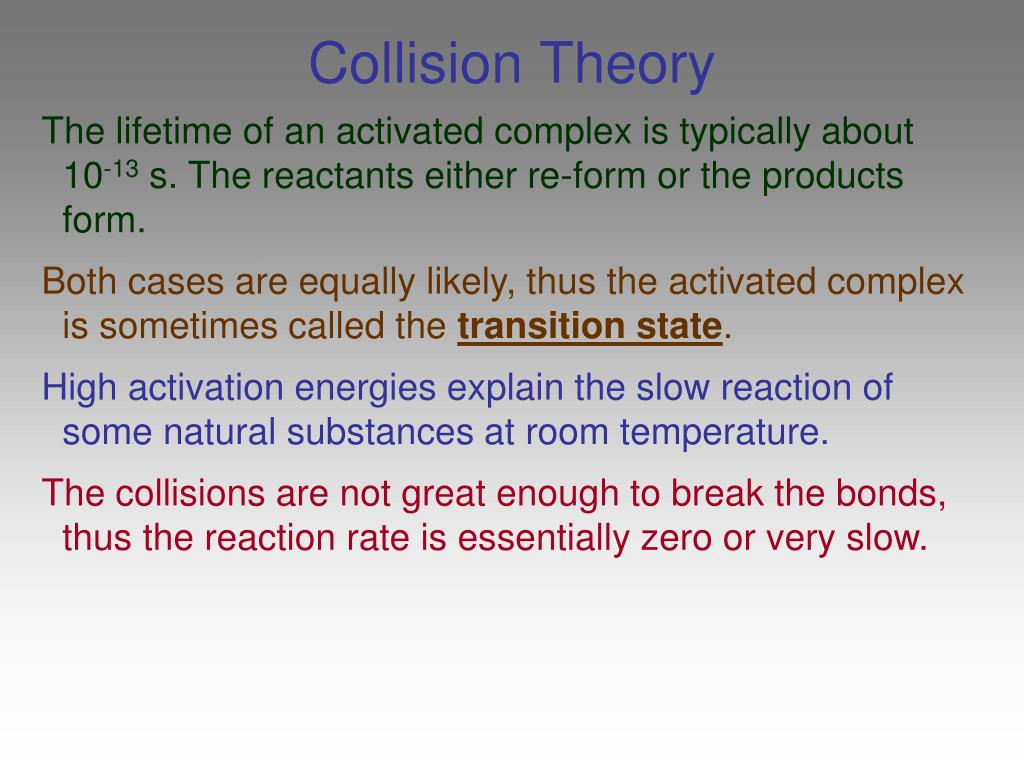
However the chair on the right is using Use Complex Collision As Simple, and when the Pawn above it falls, it will land on the seat of the chair and stay there. By default, Unreal Engine creates both simple and complex shapes, then, based on what the user wants (complex query versus simple query), the physics solver will use the corresponding shape for scene queries and collision tests. To obtain the threshold, we rst develop an analyticmodel to characterize the EVM in the presence and absenceof collisions. Complex Collision is the trimesh of a given object. Note that if you are using UseComplexAsSimple you cannot simulate the object, but you can use it to collide with other simulated (simple) objects.įor example, in the image below the chair on the left has simple collision, and when the Pawn above it falls onto it, it will slide off the large angled surface that covers the seat. detection mechanism is based on using a threshold for theEVM to classify packets into collision or non-collision pack-ets. You basically have a complex trade-off between: Speed of a complete collision detection phase Overhead of updating / maintaining the data structure as objects move around The bad news is that there is no 'perfect' answer because of this - it will genuinely depend on lots of different factors unique to your situation. This allows us to use the trimesh for the physics simulation collision. This means that if a simple query is requested, the engine will query against complex shapes basically ignoring the simple collision.

This helps save memory since we don't need to bake the trimesh and can improve performance if the collision geometry is simpler. This means that if a complex query is requested, the engine will still query against simple shapes basically ignoring the trimesh. This flag enables the creation of simple and complex shapes, using simple shapes for regular scene queries and collision tests, and using complex (per poly) shapes for complex scene queries.

You might be drawing a really complicated spikey ball on the screen, but consider that treating it like a sphere might be just fine. By bounding volumes, I mean what shape you are wanting to consider for the collision calculations. Using the project's physics seetings, this will cause simple collision requests to use simple collision, and complex requests to use complex collision the "default" behavior. The complexity of collision detection in 3D depends on the complexity of the bounding volume for solids.


 0 kommentar(er)
0 kommentar(er)
